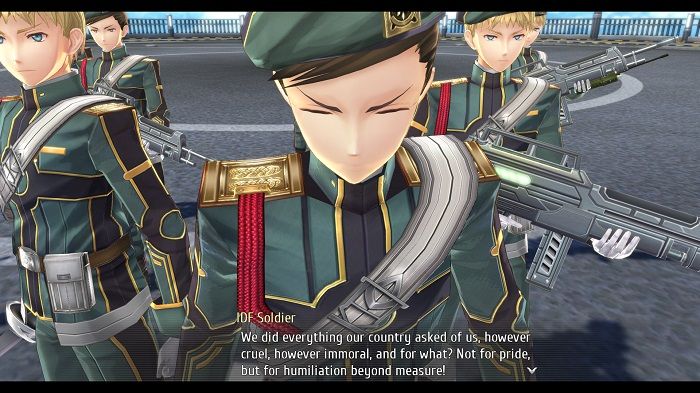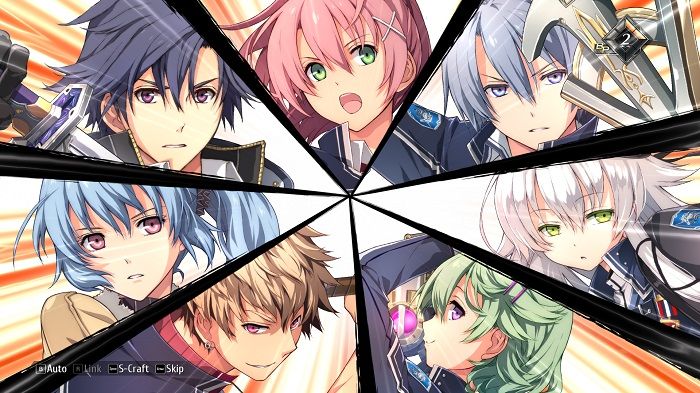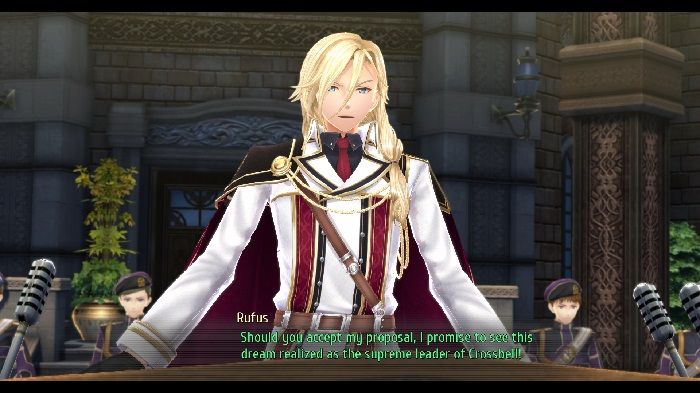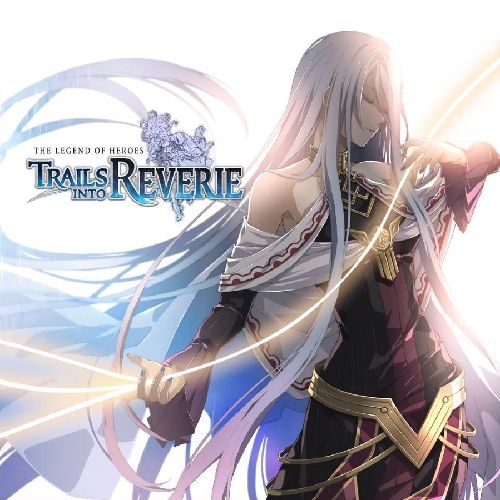The Legend of Heroes: Trails into Reverie Review
The Legend of Heroes: Trails into Reverie is a fascinating game I wish I could recommend to everyone. Unfortunately, I can’t do that. This is not because Trails into Reverie is flawed–although it is. The problem is that this title is the tenth game in a series, and it tries to provide closure to everything that came before it.
If you haven’t played a Trails game before, do not start here. Play Trails from Zero and Trails to Azure or the Trails of Cold Steel games first. But if you’re already a fan of the franchise, you will enjoy this. Especially if you want to see the characters interact more. Or are fascinated with the idea of a modernizing fantasy world struggling to move on from years of political conflict and war.
Trails into Reverie allows you to recruit a ton of characters from throughout the franchise’s history. This means you can assemble your party however you want, with all your favorite characters. And I haven’t even touched on the plot yet. This review may contain spoilers for every previous Trails game.
Trails into Reverie takes place five months after the Cold Steel games. It concludes the events taking place in Crossbell and Erebonia. Rean Schwarzer and Lloyd Bannings are once again thrust into a crisis where their decisions affect the fantasy continent of Zemuria. Joining them is the enigmatic C, a mysterious man who’s borrowed the masked identity of Rean’s one-time enemy Crow. The three of them embark on separate journeys that come together as Zemuria is once again plunged into chaos.
I Hope You Like Fantasy Geopolitics
This is a Trails game, and you know what that means. A worse cutscene-to-gameplay ratio than a Metal Gear title. Extensive amounts of fantasy worldbuilding, most of which is highly plot-relevant. And a turn-based RPG battle system that’s as difficult as you allow it to be. It’s not everyone’s cup of tea, but I absolutely adore these games. Even when they make me sit through massive multi-hour cutscenes before the plot even begins, which Trails into Reverie does.

The apocalyptic Great Twilight has been narrowly averted. Rean has survived a no-win scenario and saved both his self-destructive rival Crow and his cheerful friend Millium in the process. All he had to give up was Valimar, the sapient magical mech who’d been by his side throughout the Trails of Cold Steel games. Meanwhile, Lloyd is no longer a fugitive and Crossbell is independent once more.
But the scars of Erebonia’s invasion and the annexation of Crossbell remain. When Crossbell’s independence ceremony is attacked and the prince of Erebonia goes missing, these heroes find themselves on a collision course with destiny—and each other—one more time. As for C, he ends up being a familiar face trying to clear his name. And lay to rest a conflict he helped to start.
While all the old staples are present, I could tell this was something different. Most Trails games begin with a lengthy infodump on worldbuilding. Trails into Reverie begins with a twenty-minute cutscene depicting an oppressive military occupation, a high-octane firefight, and a giant robot crashing into a skyscraper. It honestly feels like a tie-in anime. The greater focus on combat makes sense, as the game’s main conflict involves attempts to reignite a world war.
Trails into Reverie is More Complex Than Ever
The classic Trails turn-based combat returns. However, the battle system grows more complex with every game, and Trails into Reverie is no exception. There are Combat Links, multiple team attacks, and several distinct weapons triangles to keep track of. And you can now add even more nuance to each character’s customizable Quartz loadout. Since you can recruit a lot of characters, this means you have a ton of choices.

The new United Front system adds an extra layer of resource management and another cool team attack. If you enjoy juggling numbers to ensure you’re dealing maximum damage, you’ll have a ton of fun with it. But there are so many I kept forgetting about certain features. Fortunately, this isn’t an issue with easier difficulties.
Every NPC has something to say and there are tons of hidden scenes waiting to be triggered. It seems like every plot point raised in the previous titles is revisited or referenced. There are six difficulty modes ranging from Very Easy to Abyss. And the True Reverie Corridor adds even more replay value with randomly generated dungeons and minigames.

As I said earlier, Trails into Reverie features three protagonists, each with a distinct route: Lloyd, Rean, and C. Each hero has his own struggles to face, things to protect, and demons to overcome. You can switch between routes at any time. However, playing through events in one route may be required to progress in another.
The End of an Era
While Crossbell is still recognizable, the shift to 3D has its casualties. For starters, Reverie’s character design clearly draws more on Trails of Cold Steel than Trails to Zero/Azure. This saps some of the old-school charm from the Crossbell cast. The Cold Steel cast leans hard on harem anime tropes, which can be very annoying. Also, the camera likes to jerk around during exploration and battle. I didn’t enjoy randomly losing track of where my player character was while climbing a ladder.
The graphics are also not exceptionally polished. However, the series has never had cutting-edge graphics, and the incredible amount of effort poured into Zemuria makes up for it. Wandering around Ymir and Crossbell again would be nostalgic and wonderfully fleshed out even in 8-bit sprites. I definitely enjoyed the look of the Crossbell games more, though.

The English voice acting is pretty solid. It’s nice to hear the SSS speaking in English after their games were released with Japanese audio only. Sadly, relatively little of this game’s dialogue is actually voiced. The soundtrack is sometimes energetic, sometimes emotional, and always fantastical. Perfect for a high-stakes but triumphant return to a fantasy land struggling to return to normal after a near-apocalypse.
The Legend of Heroes: Trails of Reverie is not a good place to start the Trails series. This is not a short game, it starts very slowly, and it’s effectively a sequel to every previous game. If you’re a fan, however, you can’t miss this. Especially since it has enough replay value to keep you busy until the Calvard games are localized.
***PC code provided by the publisher***
The Good
- A good finale
- Zemuria feels alive
- Narrative is mostly good
- More mechanical complexity
- Excellent replay value
The Bad
- Unnecessary harem elements
- So many cutscenes
- Really long
- Camera jerks around
- Graphics aren’t great

